Backstory
Two days prior to MLB’s trade deadline, I wrote “Conflicted About Cole.” In the piece, I was spoofing WIP’s Rob Charry who misguidedly ranked Cole Hamels as one of the Top-10 Phillies of all time.
Preposterous.
Even more preposterous, Joe Giglio agreed with his co-worker – which didn’t come as a surprise to me. Joe’s one of my favorite hosts at WIP even though he and I often have diametrically-opposed viewpoints on topics. Aside from the Cole Hamels dichotomy, Joe harbors the irrational notion that Nick Foles is not a franchise quarterback.
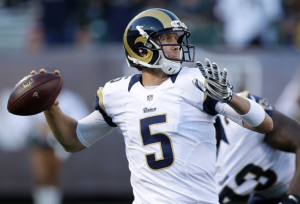 Since I’m a lifelong Eagles fan, I want Sam Bradford to be sensational this season and take the Birds as far as he possibly can. But since the Eagles don’t play the Rams during the regular season, I also want Nicky Football to have a sensational season. Perhaps, then, Joe Giglo will see the error in his thought processes.
Since I’m a lifelong Eagles fan, I want Sam Bradford to be sensational this season and take the Birds as far as he possibly can. But since the Eagles don’t play the Rams during the regular season, I also want Nicky Football to have a sensational season. Perhaps, then, Joe Giglo will see the error in his thought processes.
But I’m digressing from today’s point.
Fair Play
To be fair to Cole Hamels, I first eliminated position players and focused on pitchers. Using just the stats they achieved with the Phillies plus some seat-of-the-pants reckoning, I then found ten former Phillies pitchers who ranked higher than Cole Hamels:
As you can see, I ranked Cole Hamels #11 among pitchers.
During the course of our disagreement, Joe introduced a new-to-me baseball statistic known as “WAR” – which stands for “Wins Above Replacement” – an attempt by sabermetricians to summarize each player’s total worth in one stat.
Simply put, Wins Above Replacement tries to calculate how many wins a player contributed to his team’s win total above and beyond what that team would’ve gotten from a “replacement value” player – or some player they could’ve picked up off the scrap heap for next to nothing?
More simply put, this created-for-no-particular-reason stat is neither possible to calculate for your average fan – nor is it easy to comprehend.
Now, I’ve been familiar with many baseball statistics for decades – all of which make sense – too many to list here. Most of them are just displays of pure numbers – like we know that Chase Utley had 159 hits in 2014 because underneath the “H” column it says “159.”
Some stats involve calculations:
We can take Utley’s 159 hits last year and divide by his 589 at-bats and arrive at his .270 batting average.
And we know that Cole Hamels’ ERA last season was 2.46 because that’s what it says underneath the “ERA” column. Or we could calculate his ERA by:
- Taking the 56 earned runs he allowed.
- Multiplying by 9 – which we all know is the standard number of innings in a game.
- Then dividing by his 2042/3 innings pitched – which we express as 204.7 in decimal form.
Now Calculate WAR
But how exactly do you calculate WAR?
Here’s just one sub-formula equation to calculate WAR for position players:
So, as you can readily imagine – not many people know how to calculate it. Plus, the calculation process has already been amended more than once.
So even the man who created WAR was wrong on his first go-around.
Pants Down
 I’m going to be calling Joe to discuss WAR. But unlike ESPN’s Dianna Russini, I don’t want to catch Joe with his pants down. I want him to be pre-warned and pre-armed so he can defend himself properly.
I’m going to be calling Joe to discuss WAR. But unlike ESPN’s Dianna Russini, I don’t want to catch Joe with his pants down. I want him to be pre-warned and pre-armed so he can defend himself properly.
Joe, I now present WAR Exhibit 1:
Chris Short
- In 1966, Chris Short went 20-10 for the Phillies with a 3.54 ERA. He completed 19 games and registered four shutouts.
- In 1967, Chris Short went 9-11 for the Phillies with a 2.39 ERA. He completed eight games and registered two shutouts.
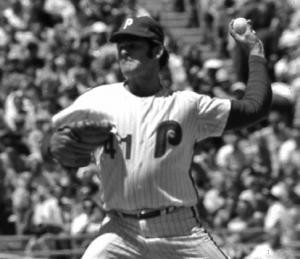 Call me crazy, but other than the differences in the ERA, Chris Short was much better in 1966 than he was in 1967. He was a 20-game winner in 1966 – for crying out loud – compared to being a 9-game winner in 1967. So it stands to reason to me – an intelligent and thinking man – to think that his WAR stat would be higher for the 1966 season than it was for the 1967 season.
Call me crazy, but other than the differences in the ERA, Chris Short was much better in 1966 than he was in 1967. He was a 20-game winner in 1966 – for crying out loud – compared to being a 9-game winner in 1967. So it stands to reason to me – an intelligent and thinking man – to think that his WAR stat would be higher for the 1966 season than it was for the 1967 season.
No-brainer from where I’m sitting – especially since I remember both years.
BUT NO
Let’s take a look at Chris Short’s WAR stats for 1966 and 1967:
- 1966 – 2.3
- 1967 – 6.2
My understanding is that WAR is not like a golf score. In WAR, a higher number is better than a lower number.
So – please, Joe, show me the error of my ways.
How in hell could WAR claim that Chris Short was almost three times better when he was winning nine games in 1967 than he was when he was winning 20 games in 1966?
Sorry, buddy, but you’re as far off with WAR as you are with Nick Foles.
Like Edwin Starr said in his 1970 hit: War – What is it good for?
Absolutely nothing.
There are many more examples I could cite, but this one is dramatic. I’ll be talking to you.
Barry Bowe is also the author of:
- Born to Be Wild
- 1964 – The Year the Phillies Blew the Pennant
- 12 Best Eagles QBs
- Soon-to-be-published sexy, police procedural Caribbean Queen
- Soon-to-be-published novel Stosh Wadzinski
- Soon-to-be-published novel Polish Widow


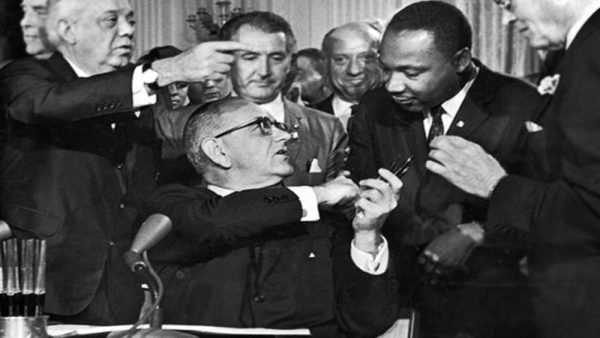
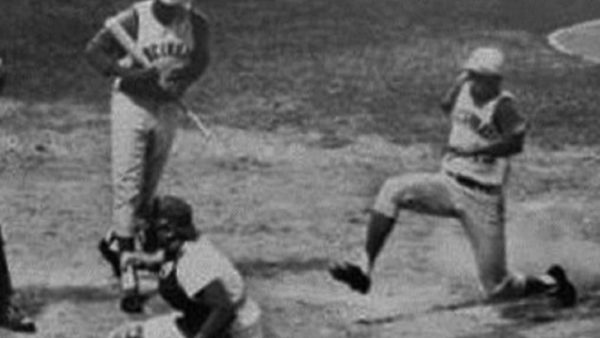



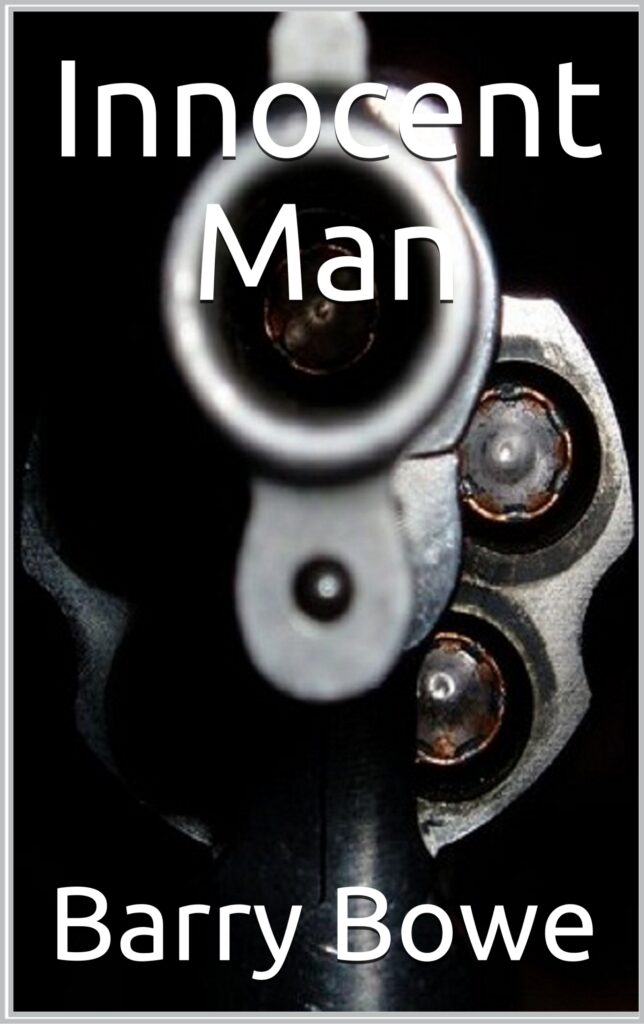
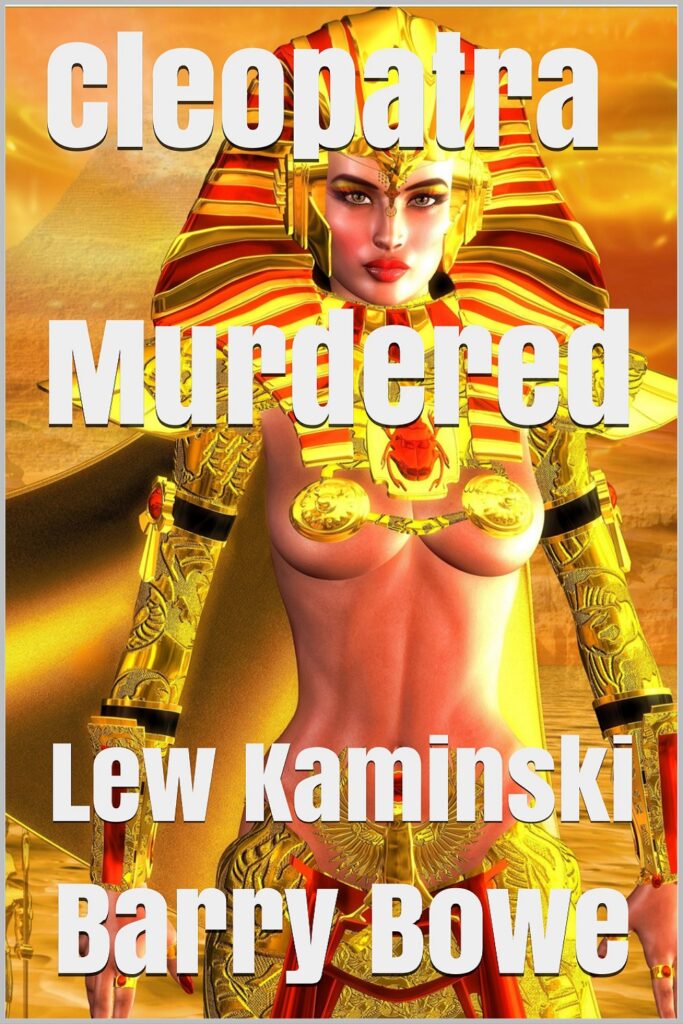
Comments
No Comments